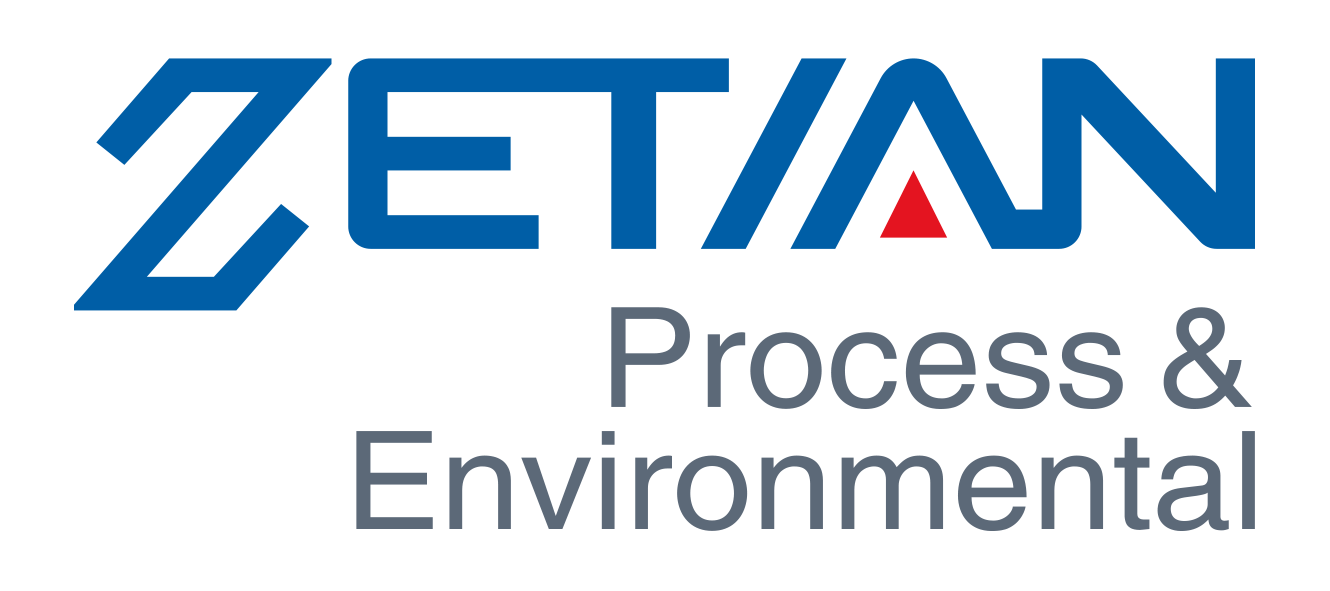Features
Optical non-contact measurement with small drift and long service life
Adopt single-ended method for measurement, no need of complex adjustment for optical path
Employ "Single-line spectrum" measurement, free from cross interference of background gases
Realize alternative calibration technology and solve making problem of H2O standard gas; high calibration accuracy
Use in-situ measurement, no need of pretreatment system; prevent problems of absorption, blockage and component damage in preprocessing and sampling process; reducing operating cost
Applications
It can be applied in flue gas humidity measurement in CEMS and various industries including lumbering, building material industry, paper-making industry, chemical industry, pharmacy, fiber industry, textile industry, vegetable &food processing industry, etc. In addition, it can be used in humidity measurement under high temperature such as drying kiln of ceramics and drying furnace of covered electrode, etc.
Specifications
Range: 0~40% (customizable)
Linearity error: ≤1%F.S.
Span drift: ≤1%F.S./half a year
Zero drift: ≤1%F.S./half a year
Analog input: 4x4-20mA input (temperature, pressure compensation)
Analog output: 3x4-20mA output (isolation, max load of 750 Ω)Response time: ≤1s (T90)
Digital output: RS485/RS232/GPRS
Working temperature: -20℃~60℃
Purge gas: (0.3~0.8)MPa Nitrogen or purified instrument air
Installation method: In-situ method


